In the world of cooking, knives are not only tools in the hands of chefs, but also a medium for their artistic creations. Especially in the international culinary scene, a wide range of kitchen knives have won the favour of chefs all over the world for their unique design, exquisite craftsmanship and versatility. In this article, we will explore the types and classifications of kitchen knives, and bring you into this world full of charm and details.
나는. Introduction
Kitchen knives, especially western kitchen knives, have formed a perfect and rich system after centuries of evolution and development. These knives not only come in a wide variety of types, but each one has its own specific purpose and design concept. From the basic chef’s knife to the professional boning knife, 빵 칼, each knife is an indispensable partner of the chef in the kitchen.
Second, the basic classification of kitchen knives
1. Chef’s Knife
요리사의 칼, also known as French knife or chef’s knife, is one of the most basic and commonly used knives in the Western kitchen. It is usually between 20.3 and 30.5 centimetres in length, with a long, slightly curved, triangular blade that is easy to use forwards and backwards and exerts extra pressure to provide leverage. Chef’s knives are known for their versatility, whether it’s slicing meat, filleting fish or chopping vegetables. The elegantly curved design of its blade section allows for a smooth cutting action, and the tip of the knife barely leaves the board when pulling a cut, only lifting the back half of the knife for guillotine or pull cuts.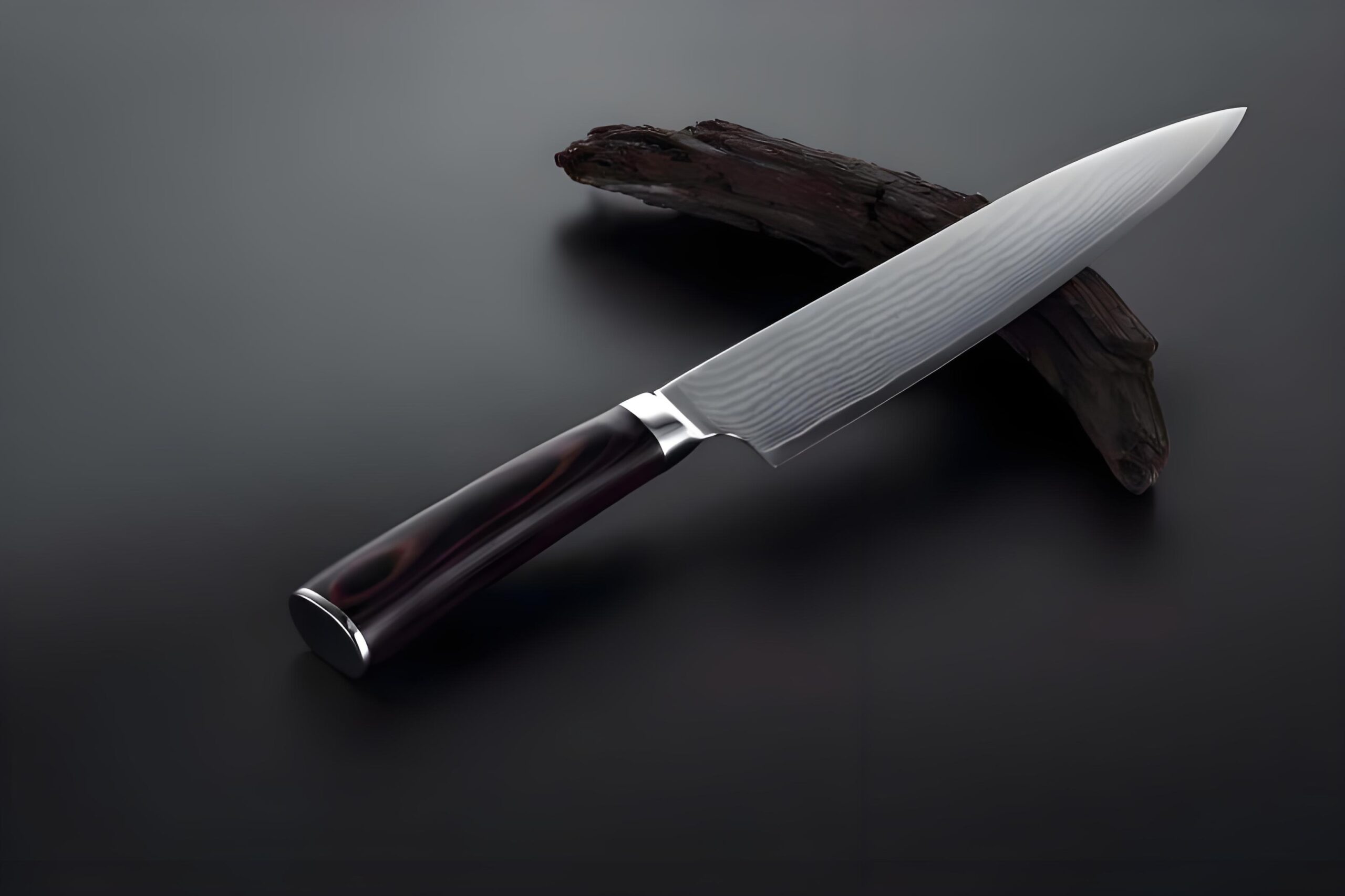
2. Santoku Knife
The Santoku Knife originated in Japan and literally means ‘three virtues’, meaning that it can perform a variety of tasks such as slicing, shredding and dicing. Santoku knives are usually between 12.7 and 20.3 cm long and have a thinner blade than chef’s knives, making them better suited to more precise work. A 20.3cm Santoku knife can perform almost 90 per cent of tasks in the kitchen, from chopping vegetables, slicing cooked meats and splitting whole chickens. The Santoku knife is designed with balance and control in mind, allowing the chef to work with greater ease.
3. Bread Knife
Bread Knife, as the name suggests, is a knife specially designed for cutting bread. Its unique serrated blade design can easily penetrate the toughness of the bread crust, while maintaining the integrity of the internal tissue. In addition to cutting bread, bread knives can be used for slicing ingredients such as roasts and turkeys, as well as handling fruits and vegetables with tough skins such as tomatoes. The longer the blade of a fully serrated bread knife, the more useful it is, so it is recommended to buy a bread knife with a length of at least 35.6 센티미터.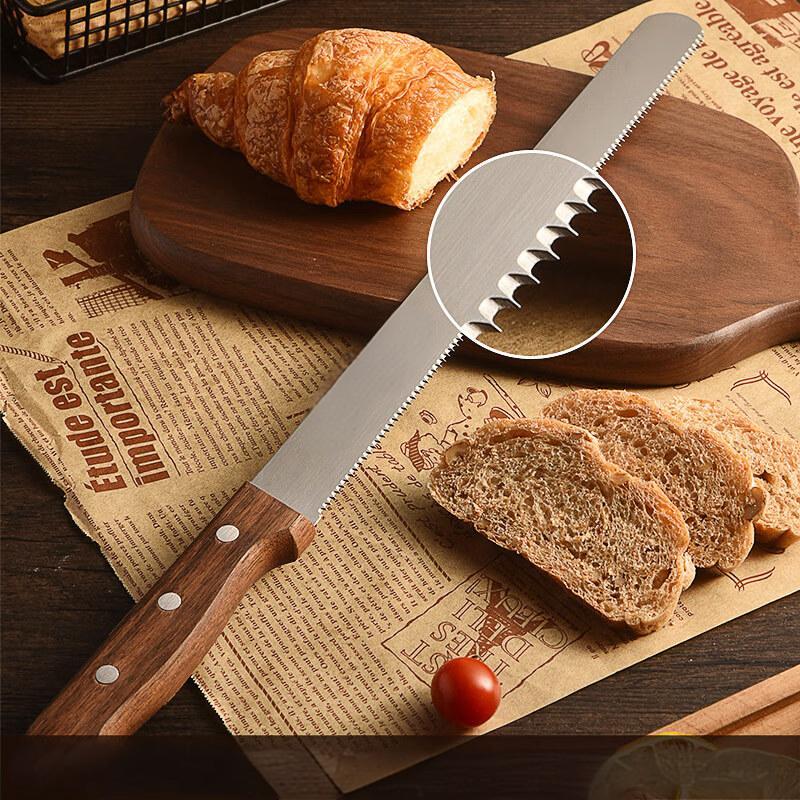
4. Steak Knife
A steak knife is a knife that is used in Western cuisine specifically for cutting meat ingredients such as steak. The blade of a steak knife is wider and sharper than a typical dinner knife to ensure that it can easily cut through tough meat fibres. Steak knives are also designed to be comfortable and balanced so that diners can cut with ease and grace as they dine.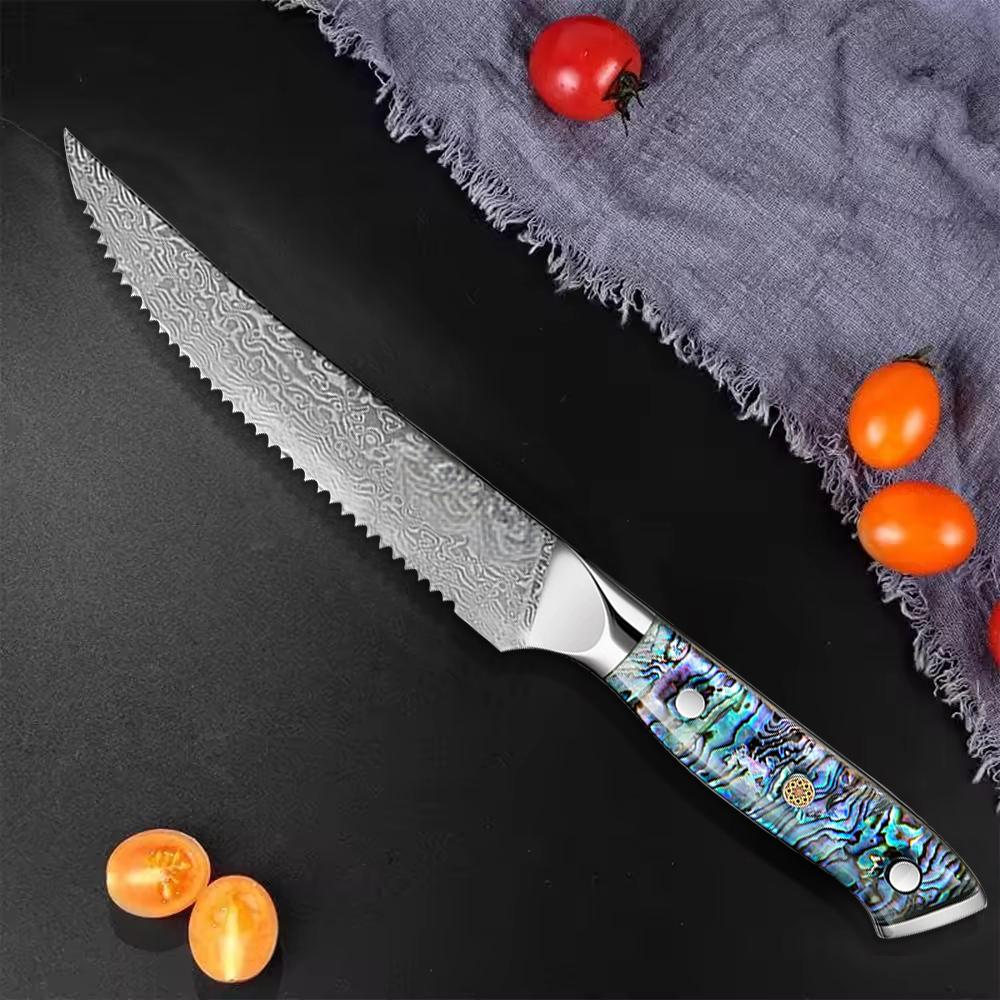
5. Carving Knife
Carving knives are mainly used for fine cutting and carving of meat products, such as hams and roasts. Its blade is long and sharp, can easily penetrate the meat and make exquisite patterns and shapes. Carving knives are one of the common tools used in high-class restaurants and banquets, as well as an important tool for chefs to demonstrate their skills.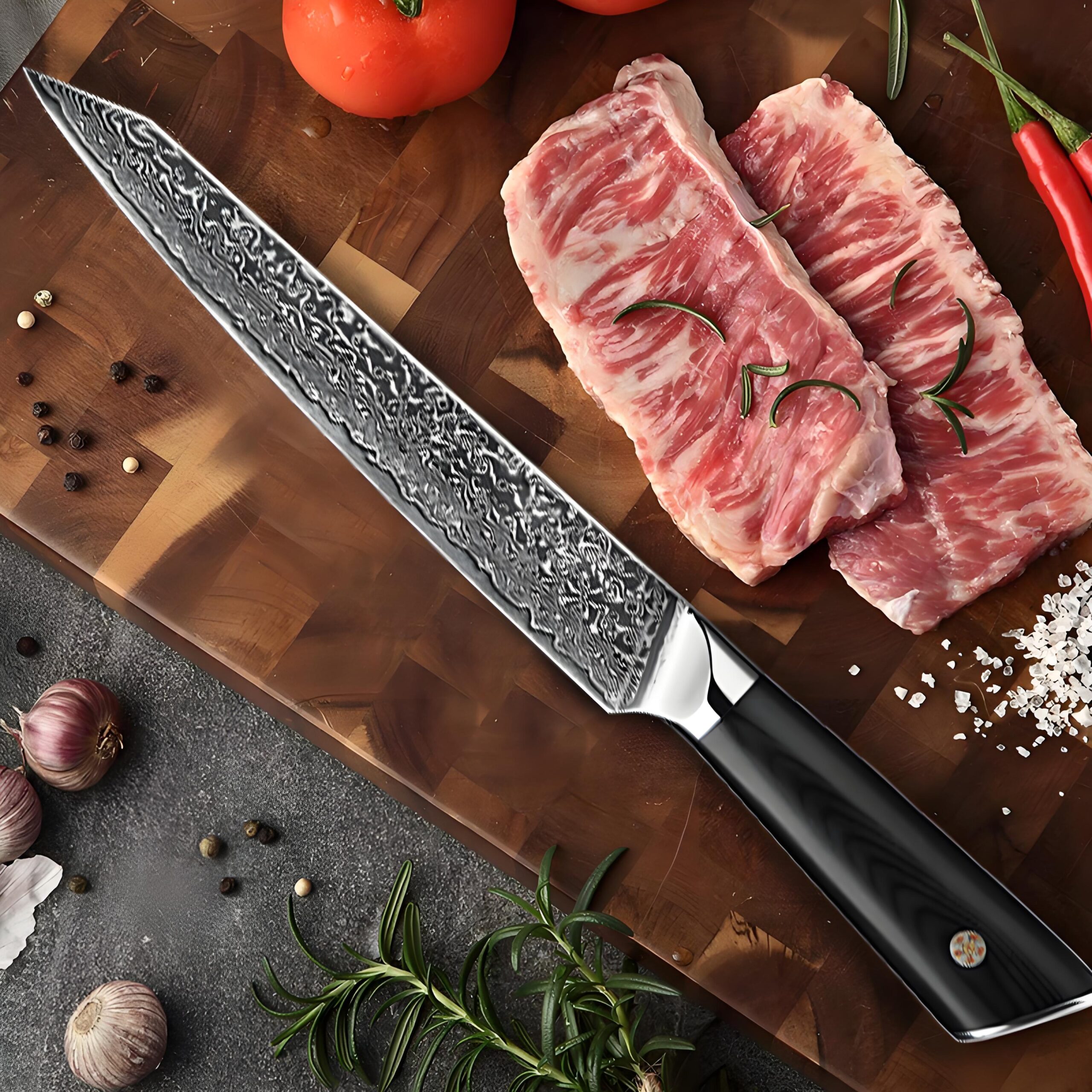
6. Chopper (Cleaver)
A Cleaver is a knife that is specially designed for heavy duty tasks such as cutting bones. Its large size and heavy weight provide the tremendous force needed to complete the task. With its thick and sharp blade, the Cleaver is able to cut through bones and hard ingredients with ease. 그렇지만, due to its weight and size, it is generally not recommended for frequent use in the home kitchen.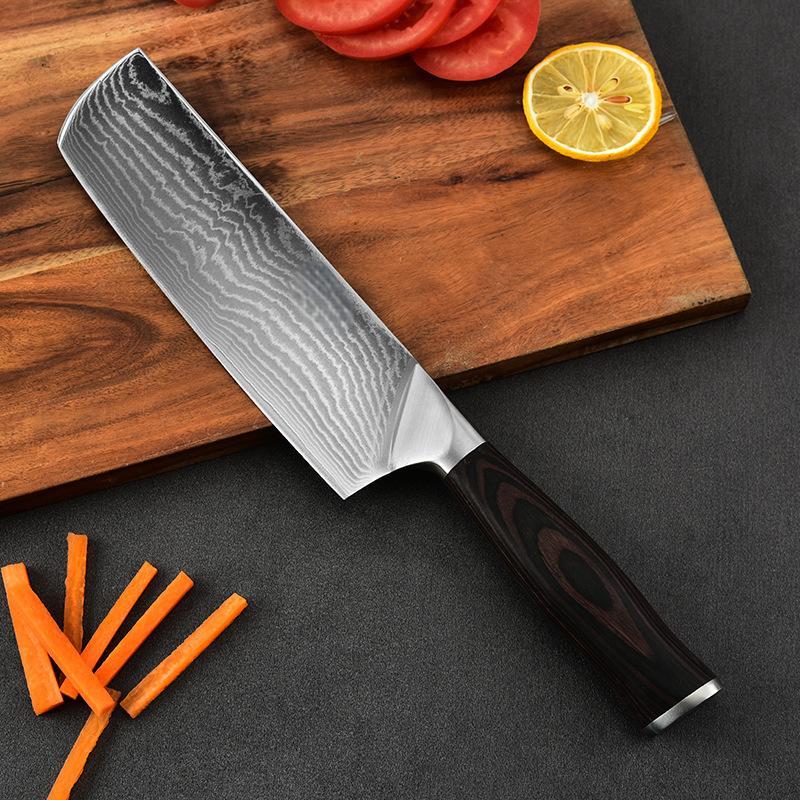
7. Slicing Knife
A slicing knife is a knife designed to cut slices of cooked meat. The blade is long, thin and sharp, making it easy to cut thin, even slices of meat. Slicing knives are especially common in places like barbecue restaurants and delis, and are one of the essential tools for chefs.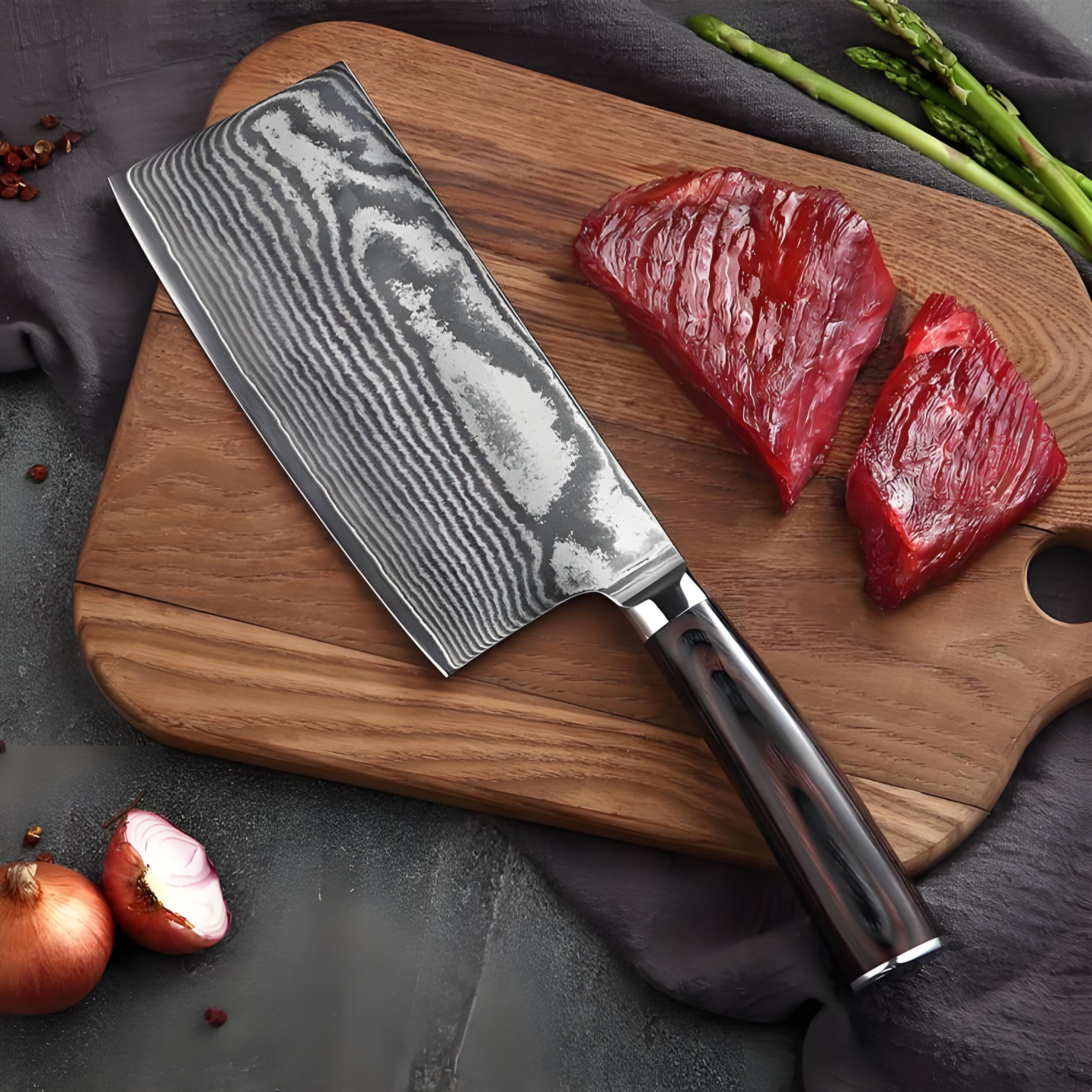
8. Boning Knife
A boning knife is a knife designed to separate meat from the bone. The blade is thin and tough enough to easily penetrate meat and slide along the bone. A boning knife is a must-have for an apprentice chef, but is rarely used in the home kitchen.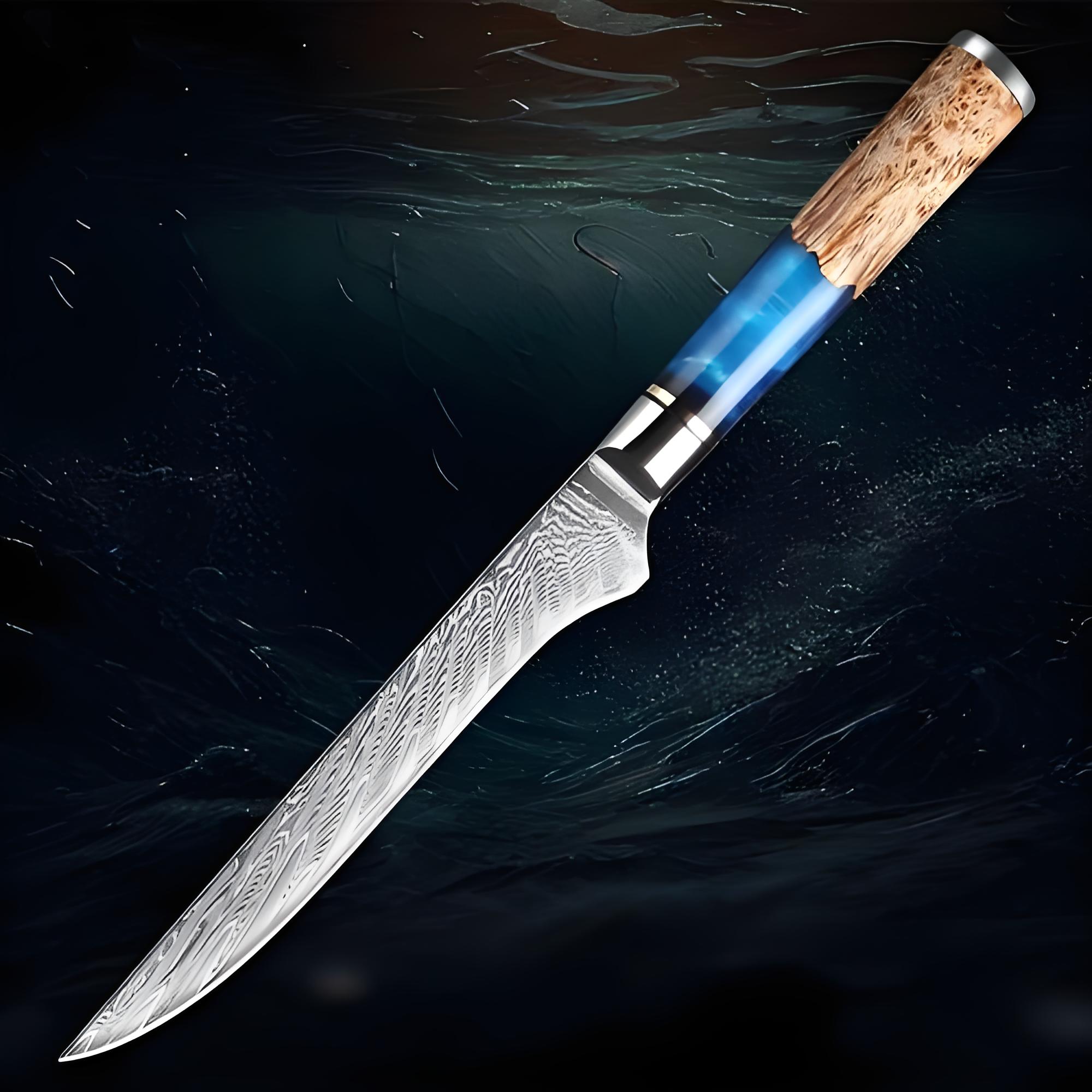
9. Butter Knife
A butter knife is a special knife used to spread butter in Western cuisine. Its blade is blunt and flat, to avoid cutting the butter in the application process or scratching the plate. The design of the butter knife is simple and practical, and it is an indispensable part of Western tableware.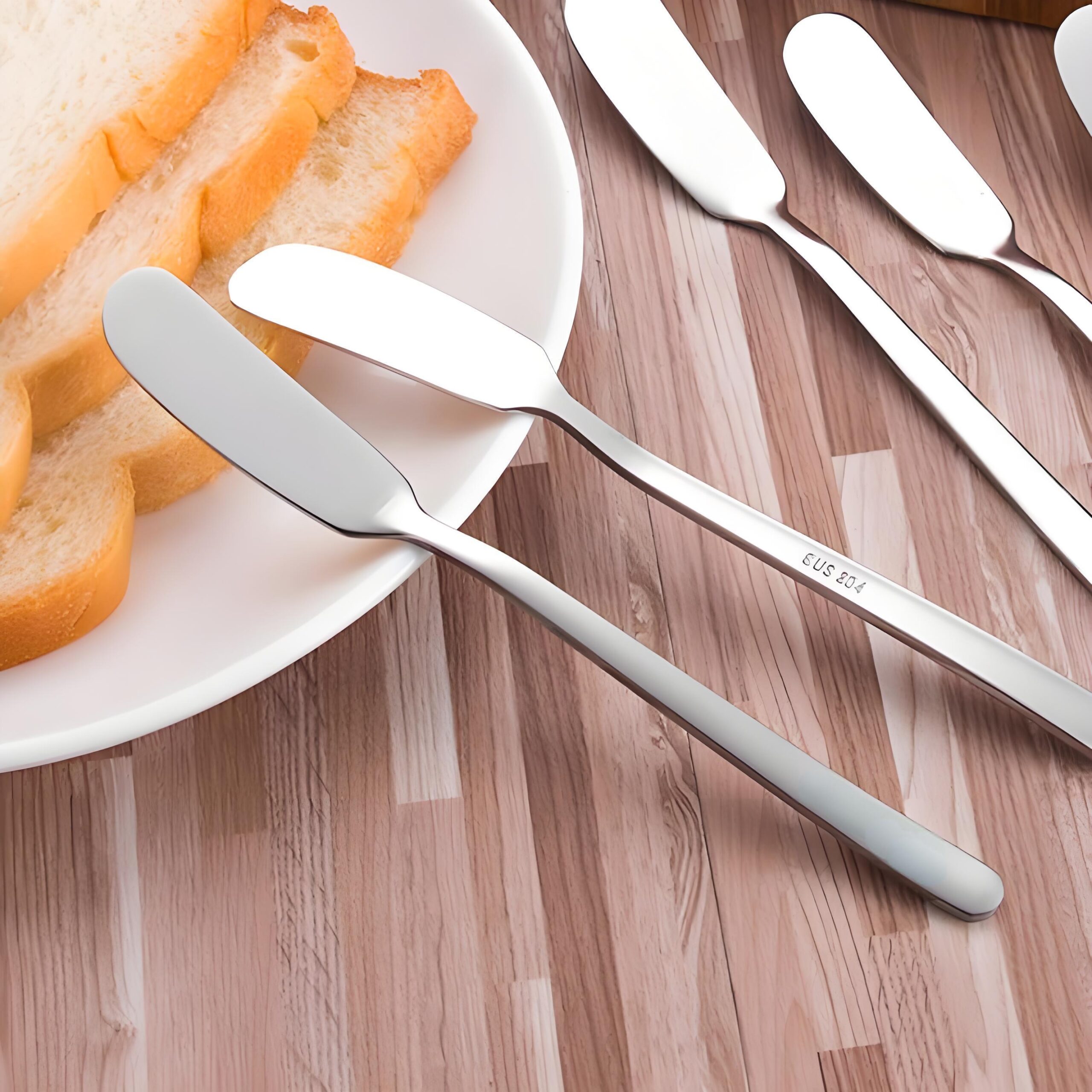
 Yangjiang 안토니 나이프 Co., 주식 회사
Yangjiang 안토니 나이프 Co., 주식 회사